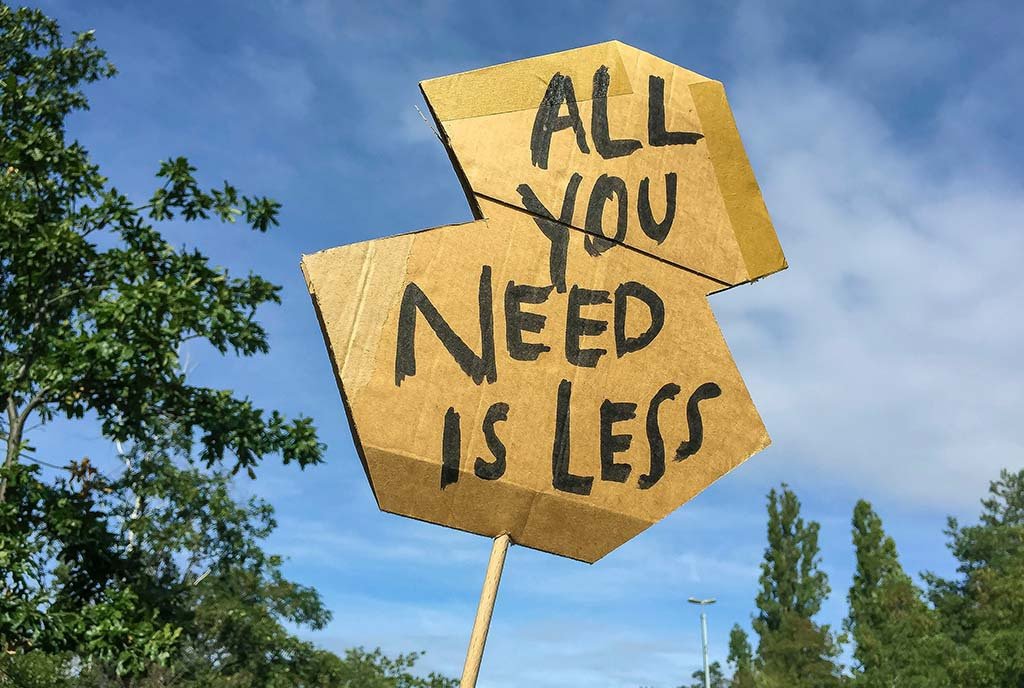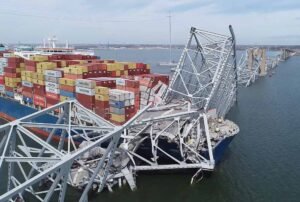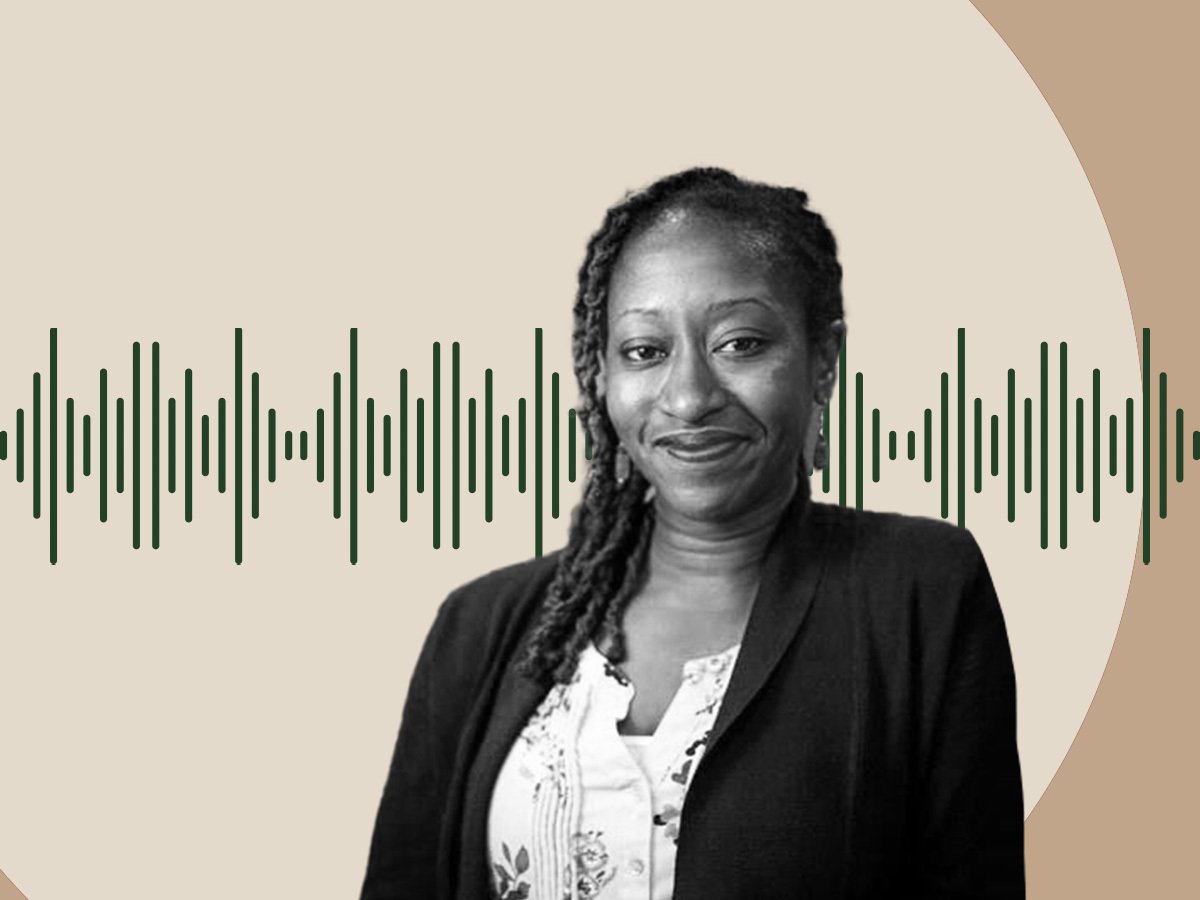
In the video posted on Instagram, someone enters a big-box store, decorated for the winter holidays and overflowing with bright, new merchandise. The person picks up items, shows the camera, then puts the items back on the shelves. Their cart remains empty while the person filming offers advice like, “Look at the item away from the display,” in order to decide whether or not to purchase, and, when picking up a seasonal coffee cup: “You have enough mugs.”
This is what’s known as an “anti-haul.” The person filmed themselves browsing for items but not actually buying anything, and in doing so, is part of a growing trend on Instagram, TikTok, and beyond.
Once fast fashion falls out of fashion—or falls apart—it ends up in landfills.Social media sites like these long ago gave rise to the influencer, an individual with a large following who is paid or receives free products in order to advertise these products to followers. But recently a new kind of social media personality has emerged with a surprising connection to climate justice: the deinfluencer.
Slowing Down Fast Fashion
Deinfluencers, also called anti-influencers, encourage their followers not to shop for unnecessary items and to resist advertising. “Deinfluencing is basically kind of a movement against being constantly marketed to,” Hazel Thayer, a Canadian video creator, told the CBC.
“It’s very cheesy, but money can’t buy happiness,” said Thayer, who uses her digital platform specifically to discourage fast fashion. That’s the mass production of cheap, trendy clothes. Such fashion doesn’t last. The clothes go out of style quickly. Swiftly and inexpensively made, the garments often rip or fall apart and are too flimsy to repair. Once fast fashion falls out of fashion—or falls apart—it ends up in landfills.
And those cheap clothes are even worse for the environment than air travel. As NPQ reported in 2020, the carbon dioxide emitted by the fashion industry is “nearly twice as much as the 918 million tons emitted by the global aviation industry. Put differently, given that global carbon emissions in 2019 were 43.1 billion tons, fashion’s contribution to the total is close to four percent.”
“Really, it’s about how much you buy, isn’t it?” Thayer said in one Instagram video titled “Luxury is Also Fast Fashion.” Thayer and her videos are popular, and her reach extends far. She has 173,000 followers on Instagram and over three million “likes” on TikTok.
Getting Un-Ready
On that social media site, the hashtag #deinfluencing has over 76 million views, according to Today, which highlighted a video from one creator, Jessica Clifton. “Get un-ready with me” is the title of the video, a play on a popular social media trend where influencers film themselves putting on skincare and makeup, all the while encouraging followers to purchase the many products they’re demonstrating.
“I think a great example is an avocado holder….You don’t need an avocado holder.”It’s not just fashion that people are buying to excess. Cosmetic products in the United States were responsible for over 7.9 billion units of waste in one year alone, as reported by Sustainable Earth, which wrote: “This waste contributes to global plastic pollution and causes the depletion of natural resources while also emitting greenhouse gases.”
Makeup and skincare products are often packaged in plastic—only 9 percent of which is actually recycled, no matter how carefully the consumer washes and sorts it. Combine that with the trend of many cosmetic companies offering samples—still more tiny plastic packages—and utilizing types of plastic deemed unrecyclable from the onset, and you have what the Plastic Pollution Coalition called “the ugly side of beauty.”
Sign up for our free newsletters
Subscribe to NPQ's newsletters to have our top stories delivered directly to your inbox.
By signing up, you agree to our privacy policy and terms of use, and to receive messages from NPQ and our partners.
“Why do we think we need so many products?” Clifton asked in a video, opening a medicine cabinet to reveal mostly bare shelves. “You don’t need much at all.” Like the “get ready with me” videos of traditional influencers, deinfluencer Clifton then went through the slimmed-down routine of the few skincare products she uses.
Part of the deinfluencer mission is to help followers understand the impact advertising has on their purchasing. “I think a great example is an avocado holder,” Thayer told the CBC. “You don’t need an avocado holder.”
A Threat to the Influencer Economy
Many deinfluencers make their videos for reasons other than personal profit.
The rise of the social media deinfluencer has been reported by multiple publications with alarm. “What does this mean for the future of influencers?” read the headline on the Today story. “It’s a real threat to the $16 billion influencer marketing economy if the trend of rising above the influence spreads—and lasts,” according to Axios. They cited an article from McKinsey and Company reporting that by promoting products online, social media influencers can earn “four or five figures, even for influencers without global recognition. (Celebrities can charge up to six figures or more.)”
It’s unclear whether anti-influencers have the opportunity to make as much. They’re not sponsored by brands or stores after all—in fact, they’re actively encouraging viewers to resist products and not give their money to stores or to online retailers like Amazon.
But many deinfluencers make their videos for reasons other than personal profit. Like Thayer, they are also climate justice activists. They’re active in grassroots groups and teach followers not only to buy less but other ways to participate in doing the work of climate justice, some for the first time. Thayer has many posts informing viewers of climate news, including pending legislation, while Clifton promotes hiking, sustainable farming, and ways to cut down on food waste.
The Power of Individuals
While climate justice can seem hopeless at times, in large part because individuals may feel powerless in the face of decisions by large corporations and governments, as the United Nations Academic Impact Food Security and Climate Change series reported, the purchasing choices of an individual can help. Rampant consumerism and mounting trash and plastic waste are contributing factors to the changing climate. What you buy—or more importantly, don’t buy—can help mitigate some of the impacts of climate change.
Anti-influencers encourage viewers to make do with what they have, reusing and repurposing items rather than purchasing new and unnecessary ones. Perhaps most importantly, they help followers view products differently, to realize that their small actions have consequences, even the action of shopping.
“I think that with the younger generation being more sustainability minded, thinking more about the climate, it probably will stick,” Thayer told the CBC. “People will often ask me what they can do to help the climate. The biggest individual action…[is] buying less stuff. That’s the best thing you can do for the planet.”












